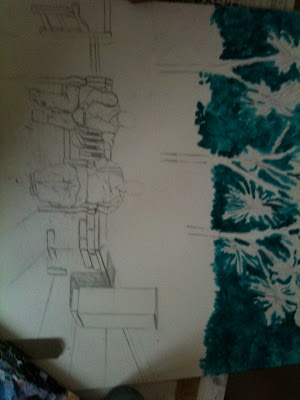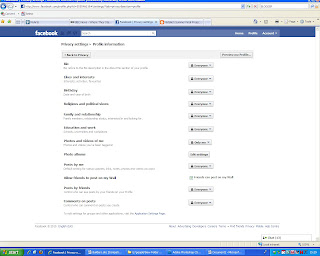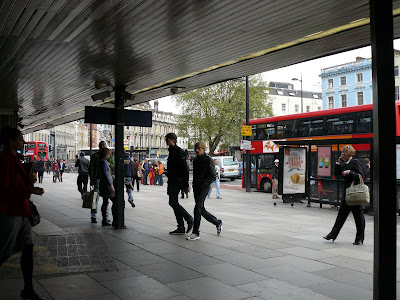
Finishing piece: After finding the frames I decided that I wanted a label so I could write a description of each individual I met that night, how they act to the camera and in general friendly or not so friendly. With the failure of getting people to write their 'name' and a word to describe themselves on the polaroid themselves (as it smugded) I thought I would compromise! = to make the polaroids more interesting than simply displaying them in a small frame I decided on these simple descriptions to add the view of the VIEWER - the observed is pictured in full pose/natural shot. During the polaroid shots I felt it necessary to at times quickly take the picture. People were not as laid back and comfortable as I expected when faced with a camera. Don't know why I expected any different seeing as throughout my experiements when the camera was obvious or I was clearly focusing on individuals I would often receive a look of annoyance and 'what are you doing' face.
However, I wrote a short description and it all looks to fit in together nicely. If I had a little more time and money I think I would definately invested in the RARE polaroid films and shot ALOT of pictures and got a good enough pen to keep the writing on it - also I think I would have taken the time to search for an old sash window to display the photographs in. The window would symbolise the idea of SEEING creating an artifical distance between public/private and viewer/viewed.
Although the polariods were not as successful as I would have hoped (because of technical issues of flash in dark at night, expense meant I have only 8 reasonable shots and the fact it was quite chunky and really small! would have on second attempt like a BIG image) they did receive a better response than when I attempted to do the same with a digital camera, people were not impressed and no one wanted to talk to me. I think the polaroid to some extent added the fun and 'innocence' to the proposal of 'can I take a photograph of you' - less intrusive and more playful.
Secondly if I were able to go back or have extra time I would have experimented more with the images that I gathered - playing with distorting the images changing/munipulating reality. And even the movements that I found in the sequences were highly interesting! I would have like to played with them.
Thanks for reading,
Natalie




































.jpg)














